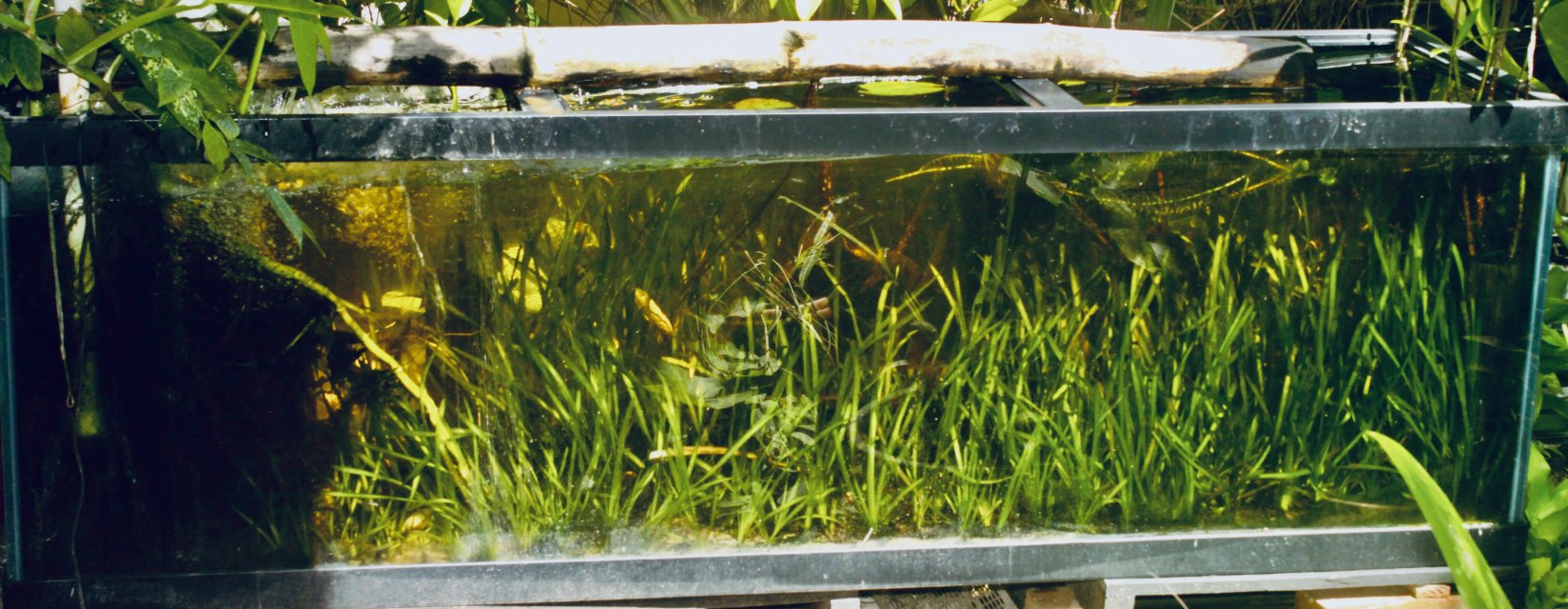To tech nerds among us, the key to biofiltration, is
the foood to micro-organism ration X flow X volume.....in other words
fish, and their waste compared to biofilm, along with flow and tank volume. in other words...if
you have 1 oscars, ,in a 100 gal tank, filtered by a 6 inch bag of media wit hair ceramic rings, in line with flow of about 1000 gph it should be sufficient.
Just as if the same tank and flow comtains 200 neons with a bag of lava rock.
You are golden if ammonia and nitrite after manditory cycling remain at both at zero.
That is basically your bench mark.
If you deside to add 2 mosr oscars, or 200 more neons, you "may" need to add another 6" bag of media.
If your media then gets covered in detritus, and causes ammonia constellation to rise, you may need to increas the pumps flow .
That media will have little effect on nitrate, because the by-product of bio-filtration is nitrate.
With the addition of those extra oscars, or neons, water changes and their volume will probably need to be doubled, or the plant volume in the tank, or sump (in the case of salad bar consumers like oscars) to reduce natural build up of nitrates.

My sumo above, the dark area on the left is where the pump and bio-media are located.
Below my average pH, ammomia, nitrite, and nitrate tests.

Loading the sump with tons extra bio-media,(or a different kind) does not effect the efficiany, because its the food to micro-organism ratioj times flow, that determines water quality efficacy.





